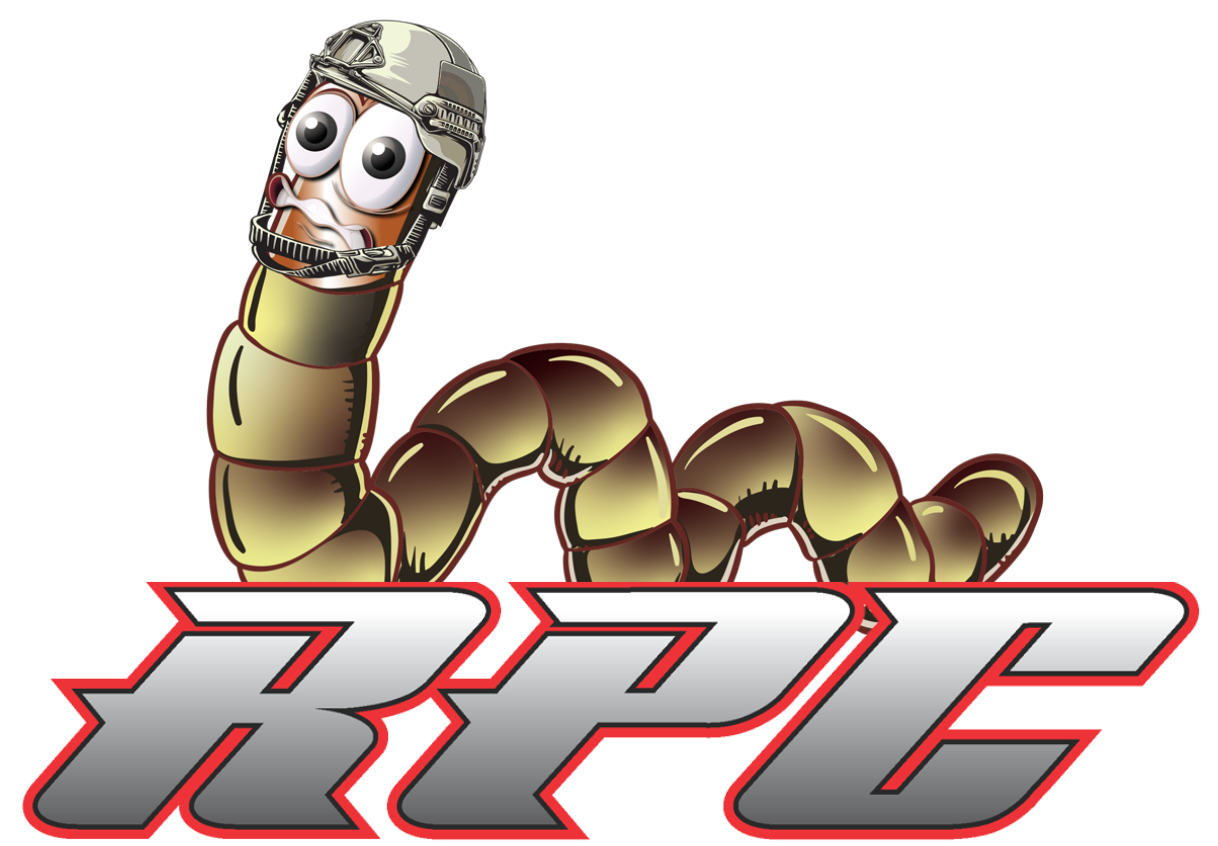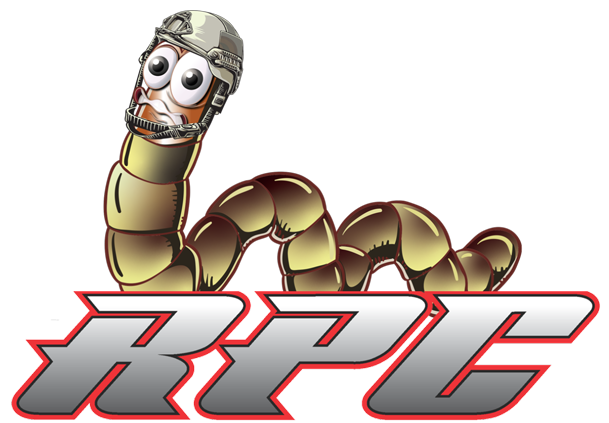A healthy, thriving lawn doesn’t just happen by accident. It takes consistent care, proper nutrients, and protection against pests that want to destroy everything in sight. While many property owners focus on watering, mowing, and fertilizing, they often overlook the quiet invaders that creep, burrow, and feed beneath the surface or among the foliage. These pests—some nearly invisible until the damage is done—can ruin lawns and ornamental plantings in a matter of weeks. And here in Central Florida, the pest pressure is relentless.
From grass-chewing mole crickets to leaf-sucking aphids, and even biting pests like chiggers and mosquitoes, the sheer variety of damaging insects can feel overwhelming. That’s where professional lawn and ornamental pest control steps in—not just to treat symptoms but to address root causes and restore balance to your yard’s ecosystem.
Turf-Destroying Insects: Unseen Enemies Below The Blades
Lawns are particularly vulnerable to insects that attack the root zone and soil surface. Mole crickets are a perfect example—these oddly shaped, burrowing insects tunnel just beneath the turf, uprooting grass and disrupting soil structure as they go. Chinch bugs are another major threat, particularly to St. Augustine grass. They feed on plant sap and inject toxins that cause patches of yellowed, dead grass, often mistaken for drought stress.
Cutworms and white grubs, the larvae of various beetles, are equally problematic. They feed directly on grassroots, weakening the turf and making it easier for diseases and weeds to take hold. While the signs may not show right away, the damage becomes painfully obvious as lawns turn patchy and thin, despite good watering and care.
Cicadas, while less common, can also be destructive during their emergence years. These noisy insects lay eggs in small tree branches and shrubs, causing splitting and dieback that’s especially damaging to younger ornamentals. Their sudden appearance and loud presence tend to overshadow the real impact they leave behind.
When these pests start multiplying—and in warm, humid climates they often do—it doesn’t take long before an otherwise well-kept lawn begins to spiral into decline. A solid pest control plan tailored to these threats makes all the difference.
Sap-Sucking And Foliage-Feeding Pests
Beyond turf, ornamental plants and shrubs face their own set of attackers. Aphids, leafhoppers, and spider mites are some of the most common culprits. These tiny insects feed on the fluids inside leaves and stems, weakening plants, spreading viruses, and leaving behind sticky residues that attract ants and mold. They often cluster on the undersides of leaves, multiplying fast and drawing in predators like wasps and lacewings—but that natural balance only goes so far.
Leafhoppers, in particular, cause trouble by puncturing plant tissues and feeding directly on the sap. They also spread diseases like aster yellows, which can deform or discolor plants throughout an entire landscape. Meanwhile, slugs and snails thrive in moist, shaded areas, chewing holes through hostas, impatiens, and other soft-leaved favorites.
In many cases, ornamental plants will continue to grow even while under attack, masking the problem until it's advanced. Once foliage is distorted or buds stop forming, recovery becomes much harder. Proper identification and treatment, using methods that consider plant health and local environmental factors, helps restore vitality and prevent recurring infestations.
Biting And Irritating Insects That Disrupt Outdoor Living
Not all pests go after the plants—some go after the people. Biting insects like mosquitoes, gnats, and chiggers turn peaceful evenings in the yard into a test of endurance. And unlike some other pests, these don't just cause discomfort. Mosquitoes are known carriers of various diseases, while chigger bites can cause intense itching and swelling that lasts for days. Gnats, though small, can arrive in swarms and make outdoor gatherings nearly unbearable.
These pests tend to congregate in shaded, damp areas—under decks, around overgrown shrubs, and near standing water. Without targeted control efforts, they come back season after season, and each year seems worse than the last. Property owners often try to manage them with repellents or temporary fogging, but these approaches usually fall short when the breeding grounds go untreated.
Effective outdoor pest control goes beyond just spraying the air. It takes a broader approach that targets larvae, reduces attractants, and uses smart placement of treatments to cut down on reproduction. This type of thoughtful, strategic pest management helps make outdoor spaces more comfortable and usable—especially during the months when it should be easiest to enjoy them.
Integrated Solutions That Work With The Landscape
Every lawn and garden is a little different. What works for one neighborhood might not work for another, especially when it comes to seasonal changes, soil conditions, and the specific types of plants involved. That’s why a one-size-fits-all pest control plan doesn’t cut it.
The best approach combines regular monitoring with customized applications, always with an eye on what pests are active at each time of year. A well-designed service might include granular treatments to target soil pests, foliar sprays to deter leaf-feeding insects, and long-term planning to break the breeding cycles of biting insects. It’s not just about killing bugs—it’s about creating a stable, pest-resistant landscape.
For property owners trying to maintain curb appeal, protect their investment in landscaping, or simply enjoy their backyard without swatting at mosquitoes every five seconds, this kind of comprehensive care becomes essential. And when done right, it doesn’t just reduce pests—it supports healthier growth, stronger roots, and more resilient ornamentals across the board.
If your yard is showing signs of stress or you’ve had enough of dealing with pests that damage your plants or drive you indoors, it might be time to bring in some backup. At Robins Pest Control, we provide lawn and ornamental pest control services that are tailored to your property’s specific needs. We’ll help you identify problem pests, implement effective solutions, and keep your outdoor space looking its best. Contact us today to schedule a service or learn more about how we can help protect what you’ve worked so hard to grow.
Frequently Asked Questions About Lawn And Ornamental Pest Control
Q1. What’s the difference between lawn pests and ornamental pests, and why does it matter?
A1. Lawn pests and ornamental pests may live in the same yard, but they attack very different parts of your landscape. Lawn pests like chinch bugs, armyworms, and grubs feed on the roots and blades of turfgrass, leaving behind brown patches and thinning areas. Ornamental pests, on the other hand, target your shrubs, trees, and flowering plants—causing leaf damage, stunted growth, or even death if left untreated. Treating one without addressing the other can leave your yard vulnerable. Comprehensive care ensures both your grass and decorative plants thrive without interruption.
Q2. Can I treat lawn and ornamental pests myself with store-bought products?
A2. While DIY products may seem like a quick fix, they often fall short for several reasons. Many over-the-counter solutions are not tailored to the specific pest species or lifecycle stages, meaning they may not fully eliminate the problem. In some cases, they can even harm beneficial insects or damage your plants when misapplied. Professional lawn and ornamental pest control includes proper identification, targeted treatments, and ongoing monitoring to ensure long-term health for your entire landscape.
Q3. How often should my lawn and ornamentals be treated for pests?
A3. The ideal treatment schedule depends on your location, the types of pests present, and seasonal patterns. In most cases, a bi-monthly (every 60 days) program is effective for prevention, with increased frequency during peak pest seasons like spring and summer. Regular inspections are also key—some pests, such as spider mites or aphids, can multiply quickly and cause serious damage before you're even aware there's a problem. Consistent care not only controls infestations but also builds up your plants’ resistance to future issues.


